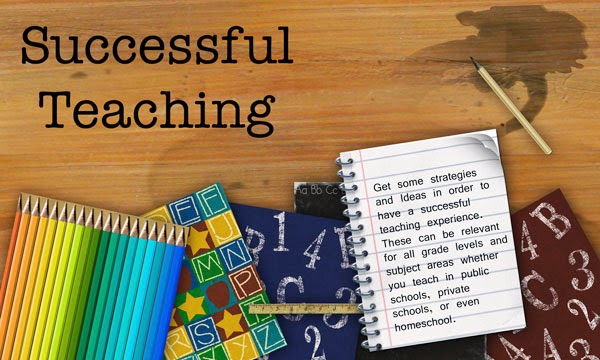The 6¢ American Wool Industry stamp (US #1423) was issued on January 19, 1971, in Las Vegas, NV. It was printed by the Bureau of Engraving and Printing with 11 perforations.
Wool has been used in Europe since 10,000 BC and Cortez brought it to America in 1521. This stamp commemorates the 450th anniversary of that event.
There are over 1000 sheep breeds in the world. Merino or Rambouillet make fine wool used in clothing because it is so soft. Romney or Blackface breeds make thicker wool and are used for interior decor, carpets, bedding, upholstery insulation, and protective clothing for firefighters and soldiers.
In 1789, King Charles IV of Spain gifted 6 Merino sheep to the Dutch. Then these sheep ended up in South Africa and were sold to a British entrepreneur John Macarthur who took them to Australia. 80% of the Merino wool used in fashion today is produced in Australia. 1.2 billion sheep produce almost 2 million kilograms of raw wool for home and clothing. Other leading producers are Argentina, New Zealand, South Africa, the US and Uruguay.
Wool can vary in color, texture, and length depending on the breed of the sheep, the country they come from, the food they eat, and even the weather they live in.
The interesting feature of wool is its composition. It is made mainly of a protein called keratin which is also in human hair, nails, and other animal fibers. It gives elasticity, strength, and the ability to withstand bending and stretching over time. If you looked closely at the fiber under a microscope, you would see that the fibers have overlapping cuticle scales that look like shingles on a roof. These scales protect the inner layer of the fiber known as the cortex. In the cortex are the main keratin fibers bundles to form a helix. Past the cortex is the medulla, the central part of some wool fibers that account for the crimp or waviness of the fibers. This crimp gives the fiber its insulating property by trapping air and enhancing warmth.
The average diameter of wool fibers is measured in microns. A micron is one-millionth of a meter or approximately 0.000039 inches. This is a standardized way to measure the thickness of fibers. This thickness determines the quality and characteristics of wool. Finer fibers (softer) have smaller measurements and coarser fibers (rougher) have larger ones. Fine wool is used in clothing because it is softer and touches the skin which means it will probably not be itchy. The coarser the wool (with the higher micron count) is more suitable for fabric that needs to be durable like rugs, blankets, upholstery, and coats. Micron counts can differ from wool taken from different parts of the sheep. Wool from the neck and legs are usually coarser than the back.
Many of my friends know that I’m a passionate knitter and my favorite fiber is wool. There are Fiber festivals all around the United States throughout the year but my favorite is the Maryland Sheep and Wool Festival which usually takes place over a weekend after Mother’s Day. The festival features Sheep Shows to rate various breeds of sheep, and herding dog demonstrations. hundreds of fiber vendors, a fleece (fiber from different sheep) auction, and even a Sheep to Shawl competition. During the Sheep to Shawl competition, registered teams of 6 people have to shear a sheep, comb the fiber, and then spin it on spinning wheels. The spun fiber is then used on a weaving loom to create a shawl. The finished shawls are auctioned off at the end to raise money for charity. Thousands of people attend this event each year.

















